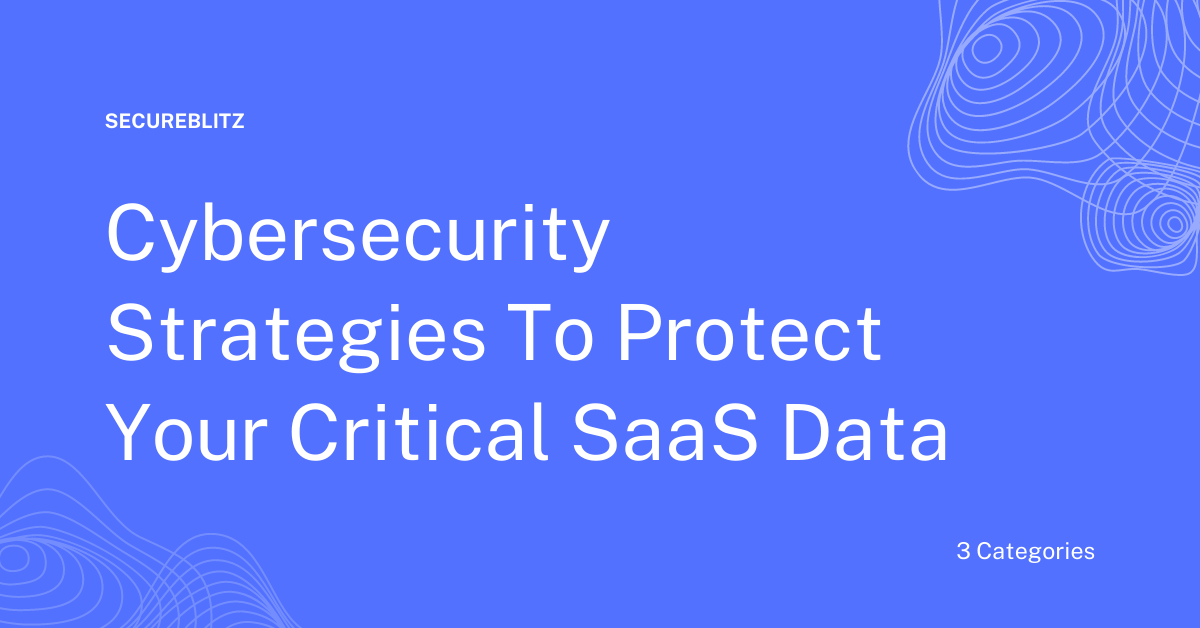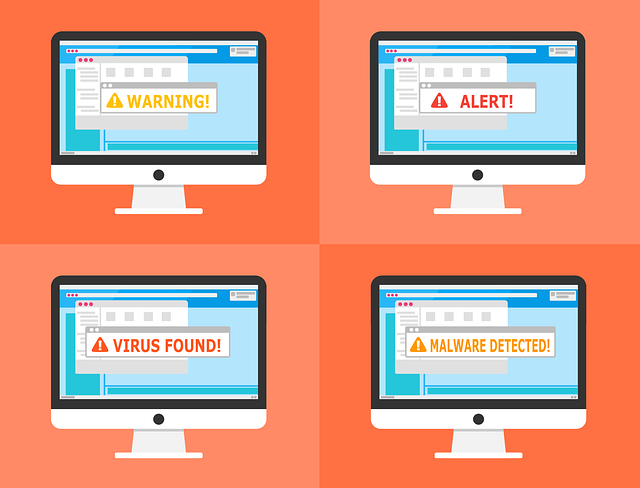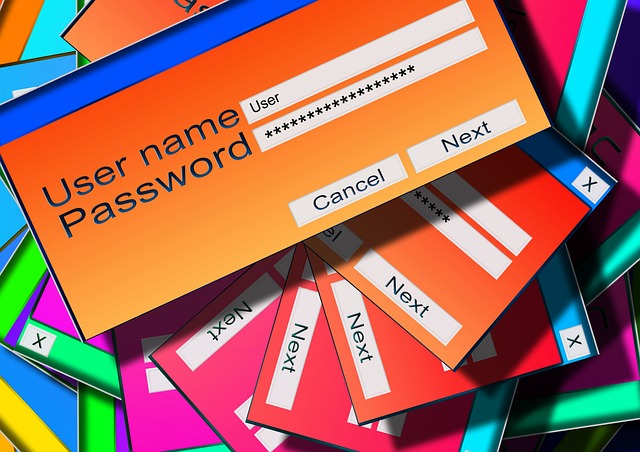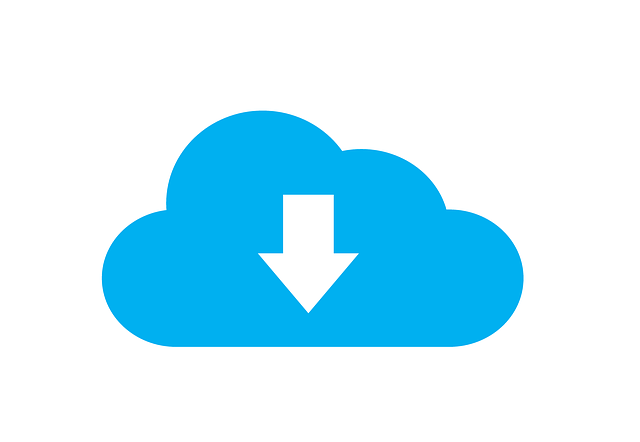With technological advancement and digital reliance come various threats and risks. However, we have multiple security and mitigation strategies in place, no single suitable policy guarantees absolute safety and security. So, here we are sharing the eight essential strategies that are necessary to protect critical SaaS data.
Adopting these eight cybersecurity strategies will save you time, effort, and money to secure your organization from potential risks.
Table of Contents
Essential Cybersecurity Strategies to Protect Critical SaaS Data
The crucial risk mitigation strategies are classified into three categories that can be implemented as a proactive approach for safety simultaneously.
These cybersecurity strategies are not of much help if applied individually but can cast web protection against all kinds of cyber risks when applied in various combinations.
A. Prevention of Malware Delivery and Execution
The strategies under this category address multiple security vulnerabilities and prevent any malicious code entrance into your system. The strategies also manage:
1. Application control
2. Configure Microsoft Office macro settings
3. User application hardening
4. Patch applications
When the user systems get infiltrated by external threats and malicious codes, they tend to slow down their performance, hence causing performance issues. The slow systems then cause the delay in project completion and overall performance lag.
B. Limiting the Extent of Cybersecurity Events
Admin accounts in any organization are highly privileged, and attacking them could provide the required access to business-sensitive information. With the application of cyber security strategies, you can secure the admin accounts and also minimize the operating system vulnerabilities, including:
5. Restriction of administrative privileges
6. Multi-factor authentication
7. Patch operating system
Securing administrative accounts is crucial for the overall safety of business-sensitive information. When you provide the required shield against external attacks, you create a safety wall for all kinds of invasions that can attack your organization from within.
C. Recovering of Data and System Availability
8. Backups:
Creating a routine backup ensures that you can still have access to your critical SaaS data in the event of a cyber-attack. The routine data backup also ensures the system’s resilience and that you have crucial information, depending on the industry you belong to.
READ ALSO: 3 Critical Cybersecurity Questions To Ask Before Buying a Marketing SAAS Product
Fortifying Your Cloud: Cybersecurity Strategies for SaaS Data – FAQs
SaaS (Software as a Service) applications offer convenience and scalability, but safeguarding your critical data within them is paramount. Here are some FAQs to address common concerns and equip you with valuable cybersecurity strategies:
What is SaaS data security?
SaaS data security refers to the practices and technologies employed to protect your sensitive information stored within cloud-based SaaS applications. This includes customer data, financial records, intellectual property, and other confidential information.
How do you ensure data security in SaaS?
While the SaaS provider is responsible for the security of their platform, you also have shared responsibility for securing your data. Here are some strategies you can implement:
- Strong Password Management: Enforce strong password policies for all user accounts accessing the SaaS application. Consider multi-factor authentication (MFA) for an extra layer of security.
- Data Encryption: Look for SaaS providers that offer data encryption at rest and in transit. This scrambles your data, making it unreadable in case of a breach.
- User Access Controls: Implement granular access controls to restrict access to sensitive data based on user roles and responsibilities.
- Regular Backups: Maintain regular backups of your critical data outside the SaaS platform as an additional safety measure.
- Activity Monitoring: Monitor user activity within the SaaS application to identify any suspicious behavior that might indicate unauthorized access attempts.
- Security Awareness Training: Educate your employees on cyber security best practices, including phishing scams and social engineering tactics.
What are the key security elements of the SaaS model?
- Secure Infrastructure: The SaaS provider should have robust security measures in place for their data centers, including physical security, access control, and firewalls.
- Data Encryption: As mentioned earlier, data encryption is crucial for protecting data confidentiality.
- Vulnerability Management: The SaaS provider should have a proactive approach to identifying and patching vulnerabilities in their platform.
- Incident Response: A well-defined incident response plan ensures a swift and coordinated response to security breaches or cyberattacks.
- Compliance with Regulations: The SaaS provider should comply with relevant data privacy regulations depending on your industry and location.
What are some additional security features to consider?
- Single Sign-On (SSO): Using SSO can simplify login processes and reduce the risk of compromised credentials.
- Data Loss Prevention (DLP): DLP tools can help prevent sensitive data from being accidentally or intentionally shared outside the authorized channels.
- Regular Security Assessments: Conducting periodic security assessments of the SaaS platform can identify potential weaknesses and improve overall security posture.
By understanding these FAQs and implementing these cybersecurity strategies, you can take control of your data security within SaaS applications.
Leverage The Zero Trust Framework To Comply With The Essential Eight
Zero Trust Framework presents the foundational principle that stresses the elimination of every type of trust concept from the protection network of an organization.
Established by Forrester Research, Inc., Zero Trust is a foundational principle that eliminates the concept of trust from an organization’s network for protection. The Zero Trust Model offers a proactive approach to cyber risks and stresses the use of multiple authentication factors and limiting access controls.
Implementing cybersecurity strategies aims to achieve security harmony by creating daily backups and having backup software in place. Through regular backups, restoration tests, and offsite storage, a business can have the ultimate security against cyber-attacks.
Adopting the eight cyber security strategies enables the organization to ensure the safety of critical business information and keep the invasion at bay.
INTERESTING READS
- What Is Zero Day Exploit? Risks And Why Is It Called Zero Day?
- 3 Critical Cybersecurity Questions To Ask Before Buying a Marketing SAAS Product
- How To Protect Your SaaS Applications Against Ransomware
- Review of Acronis True Image 2024
- Should I Trust VPN Review Sites?
- Why Is Cybersecurity In Financial Services Important?
- Implementing SaaS Security – A Checklist
About the Author:
Christian Schmitz is a professional journalist and editor at SecureBlitz.com. He has a keen eye for the ever-changing cybersecurity industry and is passionate about spreading awareness of the industry's latest trends. Before joining SecureBlitz, Christian worked as a journalist for a local community newspaper in Nuremberg. Through his years of experience, Christian has developed a sharp eye for detail, an acute understanding of the cybersecurity industry, and an unwavering commitment to delivering accurate and up-to-date information.
Meet Angela Daniel, an esteemed cybersecurity expert and the Associate Editor at SecureBlitz. With a profound understanding of the digital security landscape, Angela is dedicated to sharing her wealth of knowledge with readers. Her insightful articles delve into the intricacies of cybersecurity, offering a beacon of understanding in the ever-evolving realm of online safety.
Angela's expertise is grounded in a passion for staying at the forefront of emerging threats and protective measures. Her commitment to empowering individuals and organizations with the tools and insights to safeguard their digital presence is unwavering.










